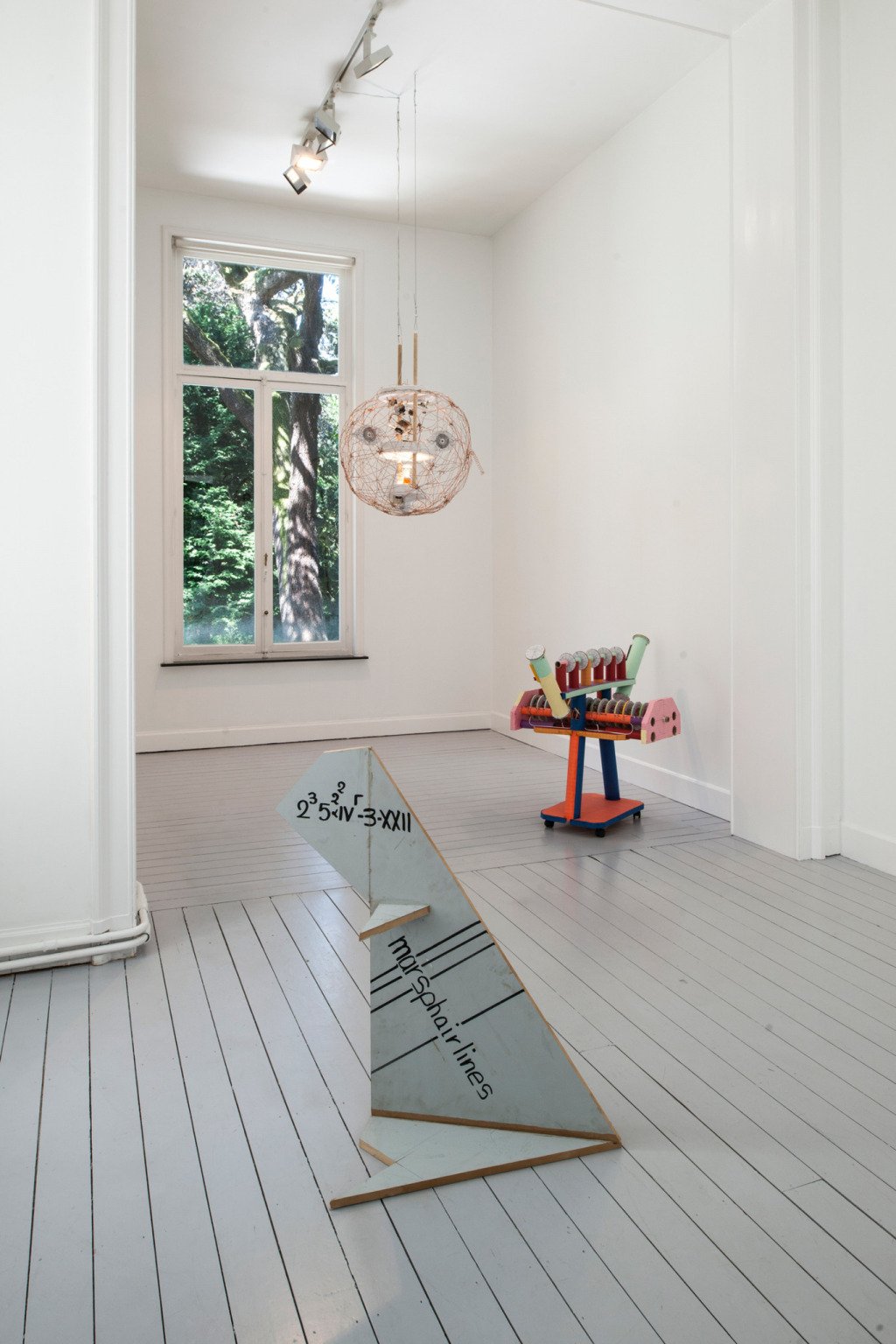At the show with the artist, who curated the show (Kasper Bosmans)
We visited the group show curated by Kasper Bosmans at Barbara Gladstone gallery in the company of the artist himself. Here is a couple of things that we learned about curators and lobsters.
Let’s not mince words, we at CFA love Kasper Bosmans’ work. Back in 2015 we already mentioned it as one of the best projects at WIELS’ retrospective of young artists, and in 2016 we greatly enjoyed collaborating with him on one of our At the Show with the Artist. Recently, we were really impressed by his debut solo show in New York, which we virtually visited on Walter’s Cube. There is something utterly gripping about his way of taking history and anecdotes to transform them into artworks. Looking at his pieces and hearing the stories about them feels like a wonderful intellectual adventure. Unsurprisingly, this is exactly how we felt when we experienced Kasper Bosmans as a curator, a role the artist recently took by turning Gladstone Gallery in Brussels into his “little pavilion” (his words).

This curatorial exercise consisting of a very nicely displayed group exhibition of six artists is called The Hum Comes from the Stumuch, and it is still open for a few days for those exhibit-goers who want to enjoy great art in an otherwise quiet summery Brussels. We were privileged to do so in the company of Bosmans himself, and his explanations and enthusiasm about the art selection he made contributed greatly to our enjoyment of the show.
For instance, we loved discovering the story of Jack Smith’s estate, which is now owned by Gladstone Gallery and which Bosmans could access in order to pick out some dateless pencil notes of his, which were put in the show as little thoughts on paper. One that reads “The Critics are the handmaidens of the LOBSTER” is both cryptic and funny at once, which is somehow a thread of all of the Smith pieces in the exhibit.
We also greatly enjoyed the selected works by Jean Katambayi Mukendi. The oeuvre of this Congo-based artist is a beautiful example of what might be dubbed alternative engineering. His machines are things that function, yet they can’t be put in any category of typical functional machines. The piece called Sphère might be a lamp, yet it is not quite a lamp. And Simultium might be an electrical control unit, yet it is not quite an electrical control unit. In this regard, Bosmans told us that, for him, Katambayi’s work is about finding one’s own way of dealing with technology and engineering, breaking from what is normal in their production to include subjective and biographical elements. In a way, Katambayi’s work is not about personalising a mass-produced piece of technology, but to make his own piece of technology himself from scratch.

On a different note, a strange picture by Trevor Yeung got a bit overlooked during our first tour of the show, yet when we heard the story behind it, it suddenly became our favourite single artwork. It is a picture of Yeung’s parents smiling over dinner with one of the artist’s paintings hanging on the wall behind. We discovered that the painting in the photo, although rather abstract, represents homosexual penetration. Hearing from Bosmans about the detached attitude of Yeung’s parents towards the homosexuality of their son gave the picture a bittersweet tone: on the one hand, the irony was clear, on the other hand, it spoke of complex family situations. In any case, we were grateful to have a skilled and careful curator there to explain these hidden aspects of this and other artworks to us.
In general, Bosmans’ selection of artworks felt really intuitive and flowing from a very subjective approach, rather than trying to deliver any particular message. As he told us, the storytelling that was meant to conceptually keep all the artworks together, and which was found in the press release and other communication, was created after the show had been finalised.
Reflecting on this aspect of The Hum Comes from the Stumuch, we realised that Bosmans’ way of exhibition-making is something full time curators can seldom afford. In their struggle to legitimise their job as a technical or theoretical one, for which it is then justified to pay a monetary price, curators can rarely take the risk of making intuitive exhibitions that simply reflect their subjectivity. Differently, artists might feel less pressure about needing to be the technical or scientific staff of the art world, hence their curatorial effort (when it does happen) can take the different approach mentioned in the previous paragraph.
Talking to Bosmans about the experience of technically setting up a group exhibition made us wonder about the relationship between curators and artists in general. As he told us, the collaboration between artists in the show, and between them and the curator, came out as a smooth visual conversation. At this point, we were left to wonder whether the reason for such nice cooperation, something that is not always present in the case of group shows where artists might feel rather constrained by the presence of alien artworks in the same space, was that the curator was himself an artist that experienced similar preoccupations. In other words, we asked ourselves whether a curator needed to be an artist to really understand artist’s needs. Confronted with this point, Bosmans didn’t necessarily agree, saying that sometimes it is better to work with curators with no artistic background. In this regard, he told us that a recipe for the perfect ally doesn’t exist.
September 13, 2022
